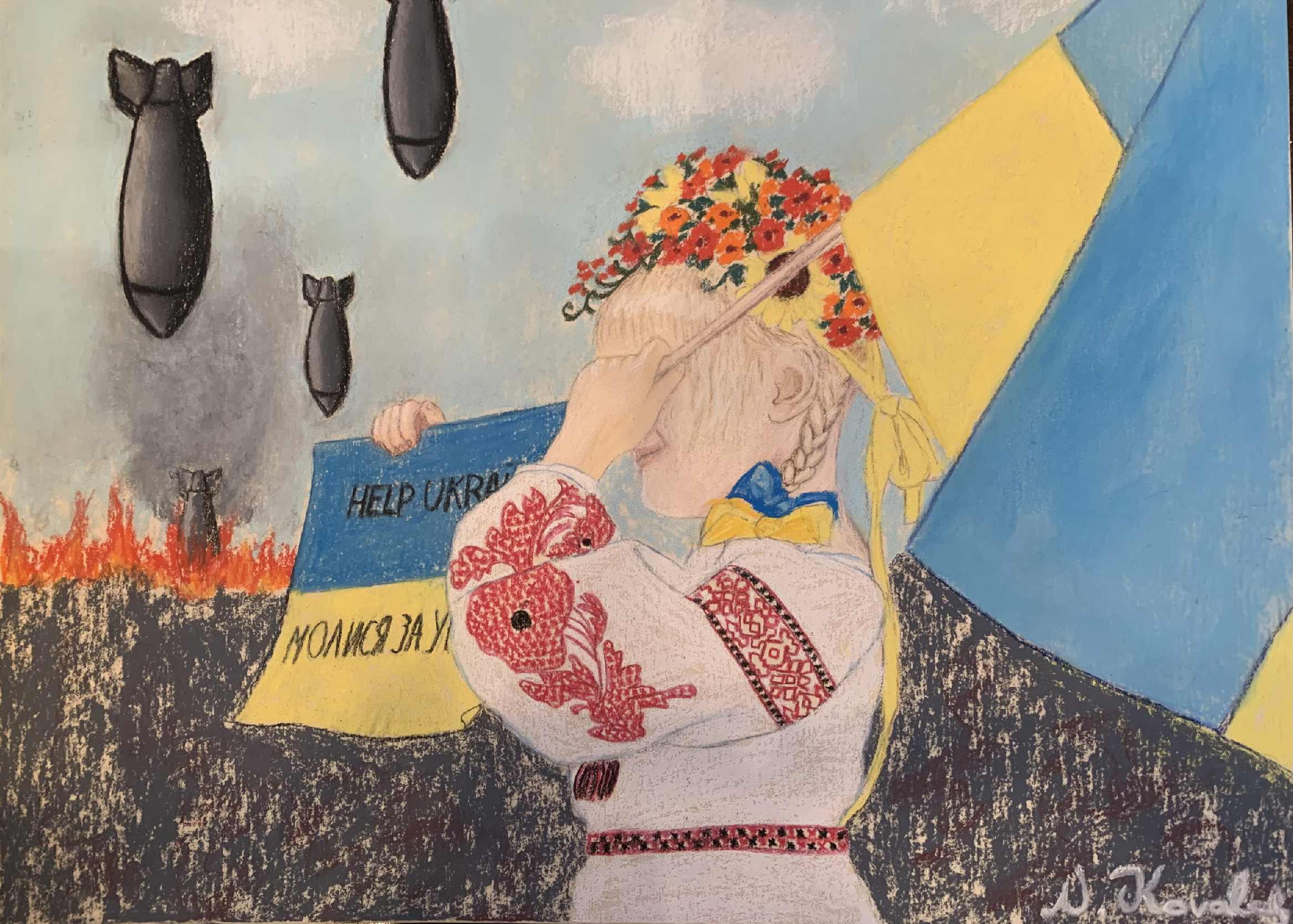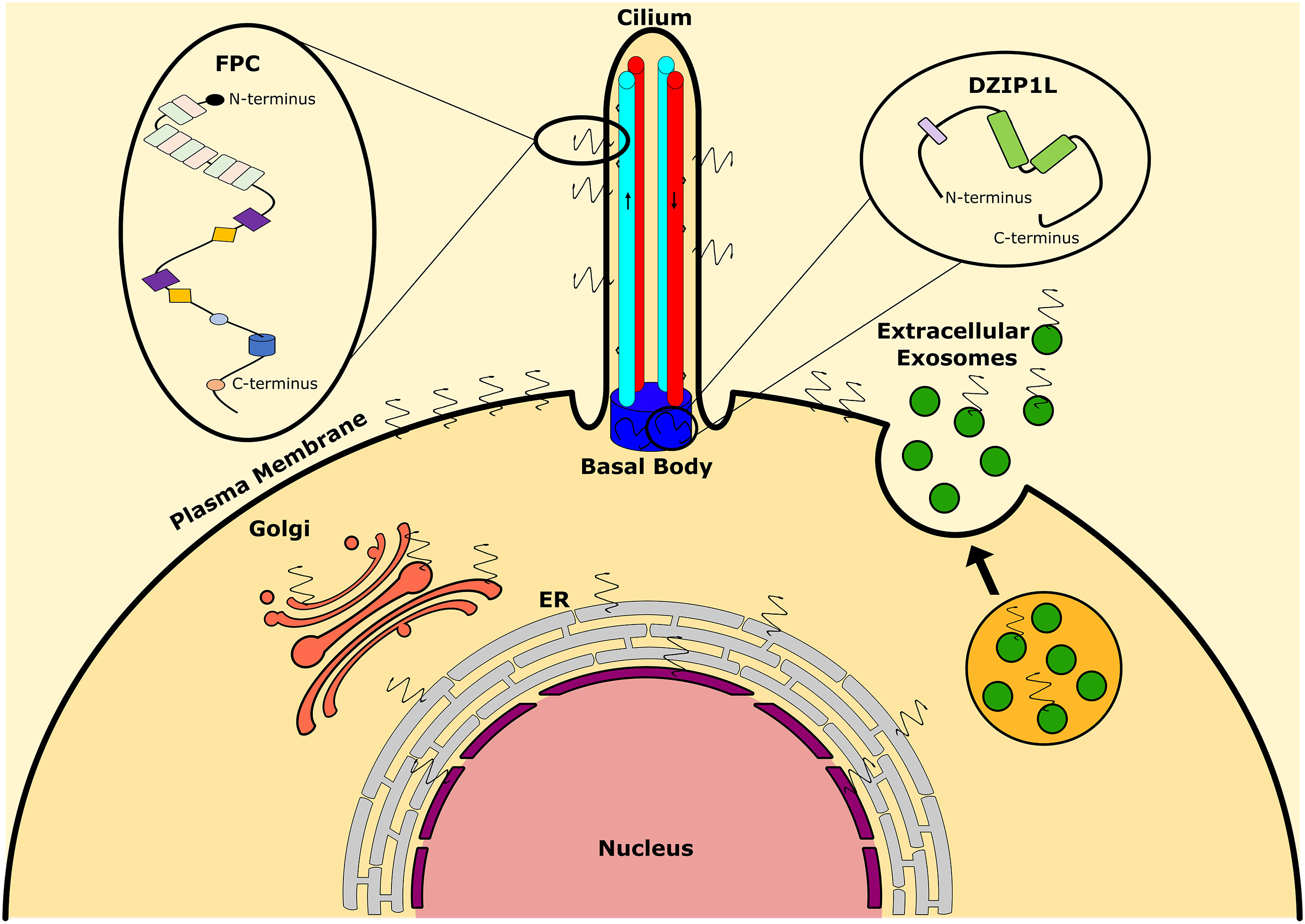Elsevier,
Kanski's Synopsis of Clinical Ophthalmology (Fourth edition)
2023, Pages 289-303
This content links with Goal 3: Good health and well-being and Goal 10: Reduced Inequalities by providing insight on a group of inherited disorders that have an effect on the RPE-photoreceptor complex and choriocapillaris, causing a range of symptoms and in many cases gradual visual loss.



